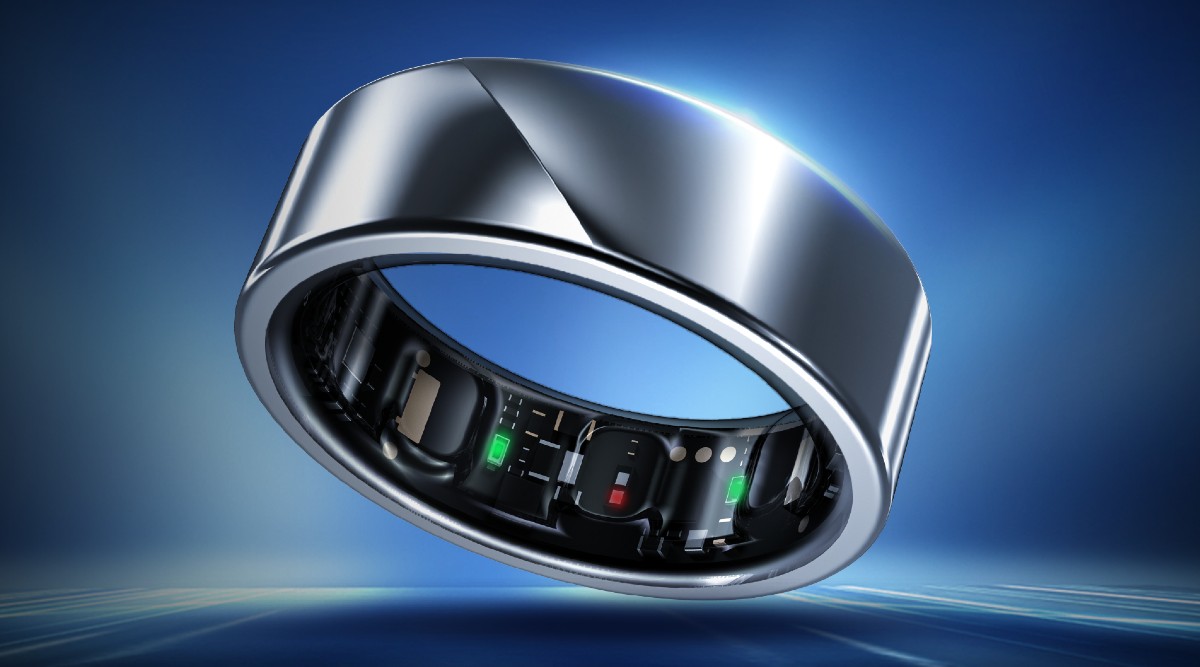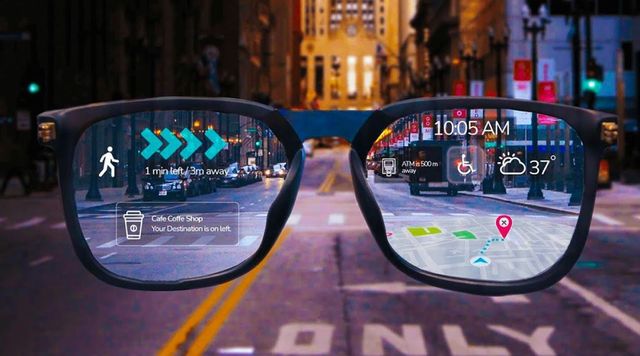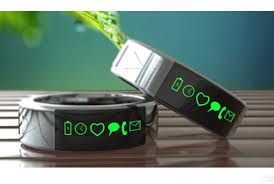In the early days, wearable technology was almost synonymous with fitness tracking. Step counters, calorie monitors, and heart rate sensors dominated the landscape. Fast forward to 2025, and wearables have evolved far beyond the gym. Today, smart rings and smart glasses are pioneering a new chapter — one where health, productivity, social interaction, and even fashion are being redefined.
The Rise of Smart Rings: Tiny Tech, Big Impact
Smart rings have quietly become one of the fastest-growing categories in wearables. Companies like Oura, Ultrahuman, and RingConn have shown that powerful biometric tracking doesn’t have to be strapped to your wrist.

Modern smart rings offer advanced features like continuous blood oxygen monitoring, real-time stress analysis, sleep cycle optimization, and even fertility tracking. With AI integration, some rings now deliver predictive health alerts — warning users of potential illnesses days before symptoms appear.
Beyond health, smart rings are increasingly becoming authentication devices. NFC-powered rings can unlock doors, authorize payments, and even replace passwords, offering a new level of convenience and security. Their discreet size also makes them an attractive option for users who prefer minimalist tech over chunky smartwatches.
Smart Glasses: From Sci-Fi to Everyday Essential
Smart glasses, once viewed as futuristic novelties, are finally finding their footing. Thanks to advancements in microdisplays, battery technology, and lightweight materials, smart glasses are moving beyond simple heads-up notifications.

Today’s smart glasses from companies like Meta, Ray-Ban, Xiaomi, and others can overlay information onto the real world — offering live navigation, real-time translation, and even augmented reality (AR) experiences. Integrated voice assistants and gesture controls allow for truly hands-free interaction, making smart glasses invaluable for both personal and professional use.
In the workplace, smart glasses are transforming industries such as logistics, healthcare, and manufacturing. Workers can view schematics, get remote assistance, and access workflows without ever looking away from their tasks. In consumer life, AR overlays can enhance social media sharing, gaming, and daily activities like shopping or home repair.
Importantly, newer designs have shed the tech-heavy look that doomed early smart glasses. Modern versions look like stylish, everyday eyewear, helping to overcome the social stigma that once plagued the category.
Beyond Hardware: The Role of AI and Ecosystems
The true power of the next generation of wearables lies in their integration with broader ecosystems. AI is the invisible engine behind much of their advancement — interpreting biometric data into actionable insights, managing energy consumption for longer battery life, and even learning user preferences over time.
Wearables are also becoming deeply connected nodes within smart ecosystems. A smart ring can silently notify your car to adjust its climate settings based on your body temperature. Smart glasses can recognize the product you’re looking at in a store and pull up instant reviews. The era of passive, reactive wearables is ending; the era of predictive, proactive companions is here.
The Challenges Ahead
Despite the impressive progress, there are hurdles to overcome. Privacy concerns loom large, especially as wearables collect ever more intimate data. Battery life remains a challenge for ultra-compact devices like rings and glasses. And there is still a need for universal standards to ensure seamless interoperability between brands and platforms.
Conclusion: The Future of Wearables Is Invisible
Wearables are no longer just about tracking fitness goals — they’re about enhancing life itself. Smart rings and smart glasses are leading the charge toward a future where technology disappears into the background, working quietly but powerfully to improve health, efficiency, communication, and style.


As hardware continues to miniaturize and AI grows smarter, the best wearables might soon be the ones you barely notice — but wouldn’t want to live without.
